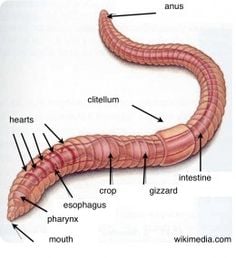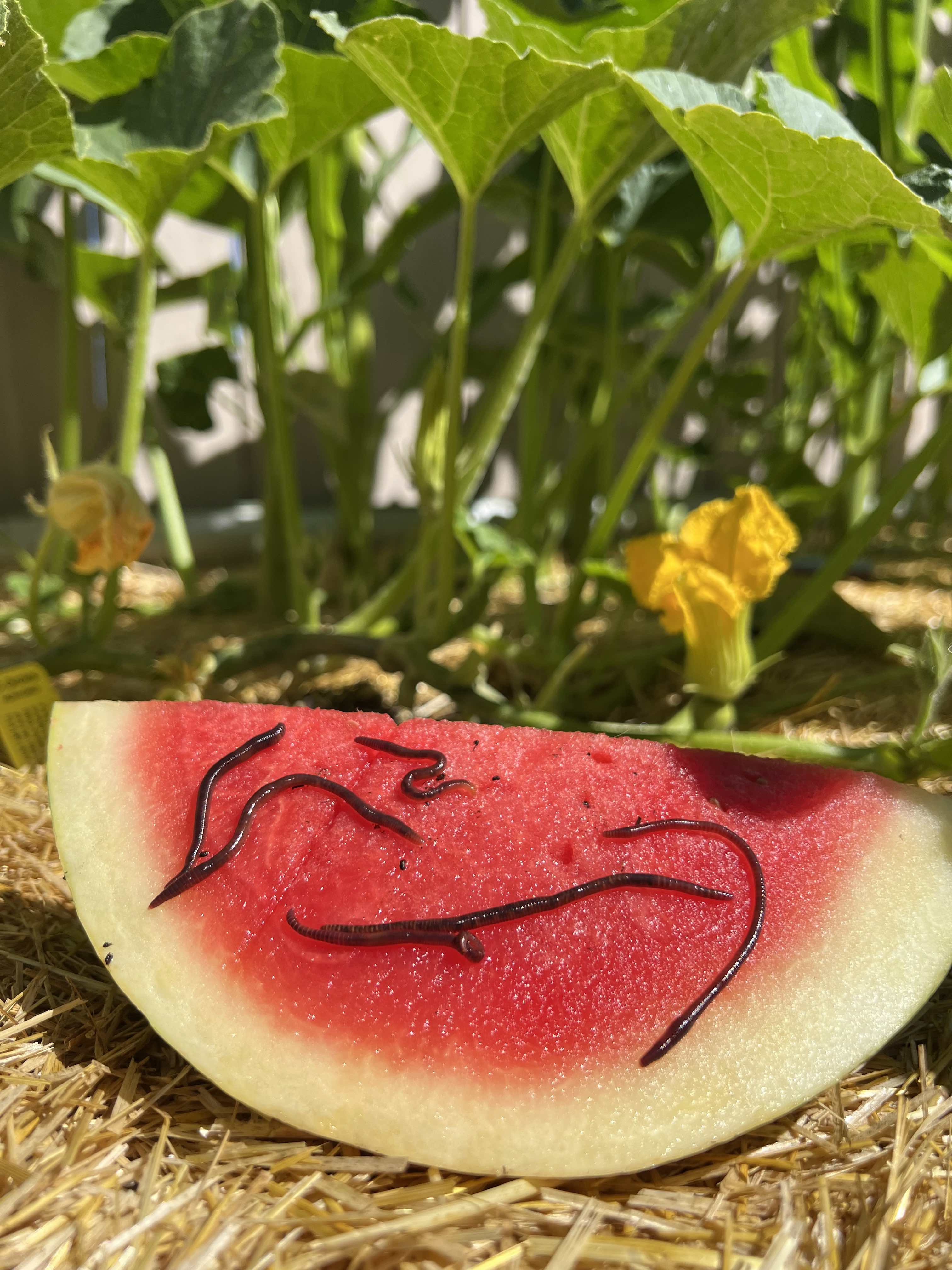Red Wiggler Worms Demystified: Unlocking the Tricks of Vermiculture for Greener Living and Nutrient-Rich Soil
In the world of sustainable practices for enhancing soil top quality and promoting eco-conscious living, red wiggler worms play a crucial yet typically forgotten role. These modest creatures possess the remarkable capability to transform organic waste into nutrient-rich spreadings that act as a potent all-natural fertilizer. By delving into the world of vermiculture, one can reveal a variety of advantages that expand far past traditional composting approaches. Comprehending the complexities of looking after these worms, enhancing their atmosphere, and utilizing their castings can lead to a greener lifestyle and much healthier soil for plants to flourish.
The Duty of Red Wiggler Worms
Red Wiggler worms play an important duty in composting systems by efficiently damaging down raw material into nutrient-rich spreadings. These starved eaters consume a variety of organic products, such as kitchen scraps, backyard waste, and paper products. As they feed, the worms' gastrointestinal procedures damage down the natural matter into a fine, dark, and nutrient-dense product understood as worm castings or vermicompost.
The castings produced by Red Wiggler worms are extremely helpful for soil wellness and plant development. They are rich in important nutrients like nitrogen, phosphorus, and potassium, which are vital for supporting healthy plant advancement. Additionally, worm spreadings consist of valuable germs and enzymes that assist enhance soil structure, rise water retention, and improve nutrient uptake by plants.
Advantages of Vermicomposting

Moreover, vermicompost, the nutrient-rich final product of vermicomposting, works as a superb natural fertilizer and dirt conditioner. It enhances dirt framework, enhances soil aeration, and increases soil dampness retention. These residential or commercial properties add to healthier plants with more powerful origin systems and much better resistance to diseases and parasites. Vermicompost likewise improves the soil with crucial nutrients like nitrogen, potassium, and phosphorus, advertising plant growth and general soil fertility.
In addition, vermicomposting assistances lasting horticulture methods by supplying a chemical-free and all-natural option to artificial plant foods. Red Wiggler Worms. This environmentally friendly method not just enriches the soil but likewise helps decrease dependence on damaging chemicals, promoting a greener and much more sustainable means of horticulture
Establishing a Worm Container
When establishing a worm bin for vermicomposting, proper setup is important to guarantee the success of the composting procedure. The initial action in setting up a worm bin is choosing an appropriate container. This can be a plastic bin or wooden box go to this site that supplies adequate space for the worms to relocate about and has appropriate drain holes to prevent waterlogging. Next off, a bed linens material such as shredded newspaper, cardboard, or coconut coir ought to be see post contributed to the container. This bed linens provides a comfy setting for the worms and aids keep dampness levels.
After adding the bed linens, introduce the red wiggler worms to the bin. It is advised to begin with a little number of worms and gradually boost as they increase. The worms ought to after that be given with food scraps such as vegetables and fruit peels, coffee premises, and eggshells. It is vital to stay clear of adding meat, milk, oily, or salted foods to avoid attracting parasites and developing unpleasant smells.
Routinely keep an eye on the wetness levels and temperature level in the worm bin to ensure ideal conditions for the worms. With appropriate setup and upkeep, the worm bin will properly convert organic waste right into nutrient-rich garden compost for your plants and garden.
Collecting Worm Spreadings
To efficiently collect nutrient-rich worm spreadings from your vermicomposting system, an organized harvesting method is crucial. When it comes time to gather the worm castings, there are a few essential actions to follow to make sure an effective process. Stop including fresh food scraps to one side of the worm container for a pair of weeks prior to collecting. This urges the worms to move sideways with fresh bed linens and food, making it much easier to scoop out the spreadings from the opposite side.

Troubleshooting Common Issues
Identifying and attending to typical challenges that may arise throughout the vermicomposting process is important for preserving a effective and healthy worm container. One usual issue that vermicomposters experience is overfeeding. Including excess food scraps can lead to a buildup of wetness and level of acidity in the worm container, potentially harming the worms. To stop this, feed the worms in moderation, making certain that the food scraps are appropriately broken down prior to adding more. Another problem is undesirable odors originating from the worm bin. Foul scents suggest anaerobic conditions, usually brought on by overwatering or insufficient ventilation. To remedy this, adjust the wetness levels by adding dry bed linen materials like shredded paper or cardboard and increase oygenation by turning the bed linen routinely.
Furthermore, if the their explanation worm population is decreasing or the worms show up undesirable, it could be because of environmental stressors such as extreme temperature levels or pH levels. Keeping an eye on these variables and making required changes is crucial for the health of the worms. By repairing these usual concerns promptly, vermicomposters can ensure a smooth and successful vermicomposting procedure while preserving a prospering worm population.

Final Thought
In conclusion, red wiggler worms play an essential role in vermiculture by breaking down organic matter into nutrient-rich dirt. Establishing up a worm container is vital for effective vermiculture, and collecting worm castings supplies beneficial compost for horticulture.
As they feed, the worms' digestive system procedures damage down the natural issue into a penalty, dark, and nutrient-dense product recognized as worm castings or vermicompost.
The spreadings created by Red Wiggler worms are highly helpful for soil health and plant development. Adding excess food scraps can lead to a buildup of wetness and level of acidity in the worm bin, possibly damaging the worms.Furthermore, if the worm populace is decreasing or the worms show up unhealthy, it could be due to environmental stress factors such as severe temperature levels or pH degrees. Setting up a worm bin is vital for successful vermiculture, and harvesting worm spreadings supplies beneficial compost for horticulture.